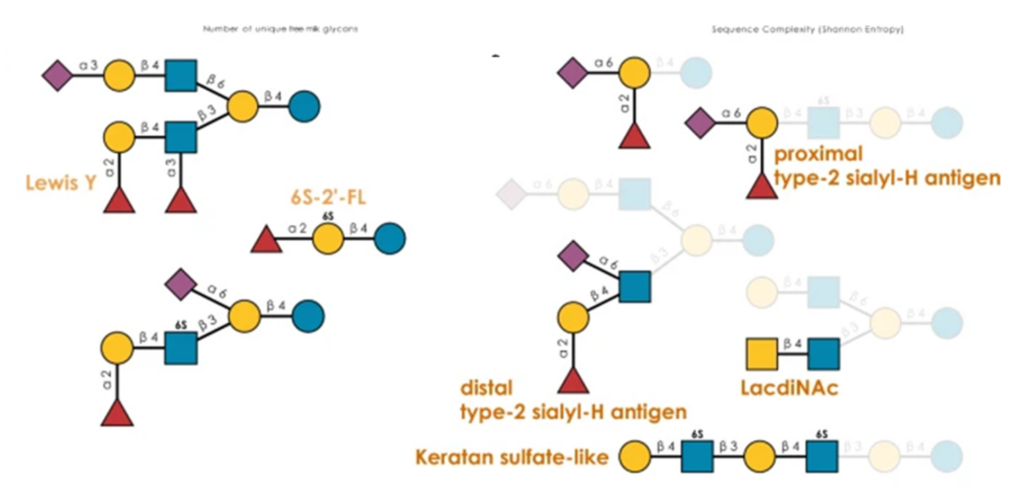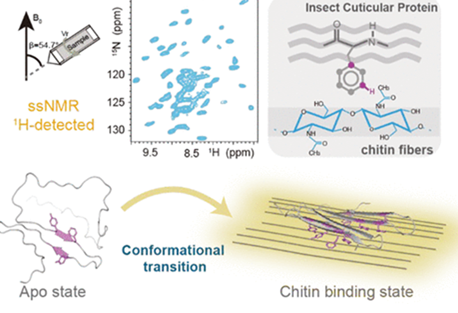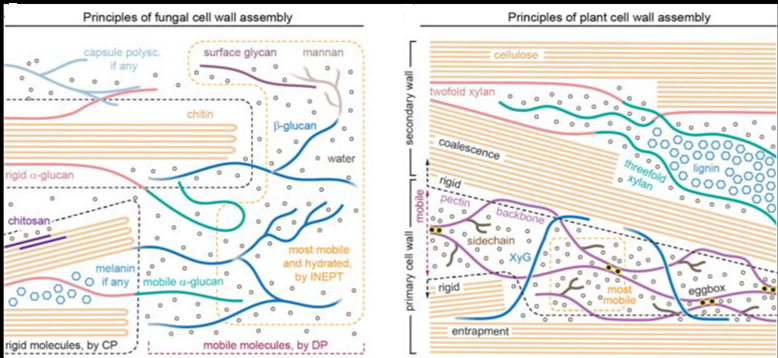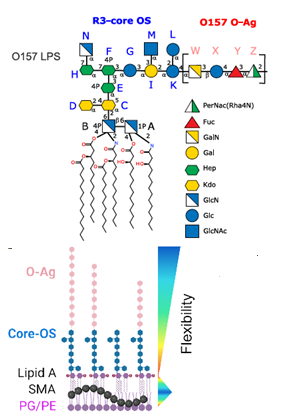The authors demonstrate that the primary sequence of oligosaccharides can be designed to access materials with tunable shapes and properties. Synthetic cellulose-based oligomers were assembled into 2D or 3D rod-like crystallites. Equipped with a self-assembling model oligosaccharide and tools to control the assembly process, they explored whether systematic variations in the primary sequence could unlock novel morphologies. They hypothesized that introducing defects within the core of the cellulose oligomers could give rise to new allomorphs, potentially yielding distinct crystallite shapes.

Sequence modifications within the oligosaccharide core influenced the molecular packing and led to the formation of square-like assemblies based on the rare cellulose IV2 allomorph. In contrast, modifications at the termini generated elongated aggregates with tunable surfaces, resulting in self-healing supramolecular hydrogels.




